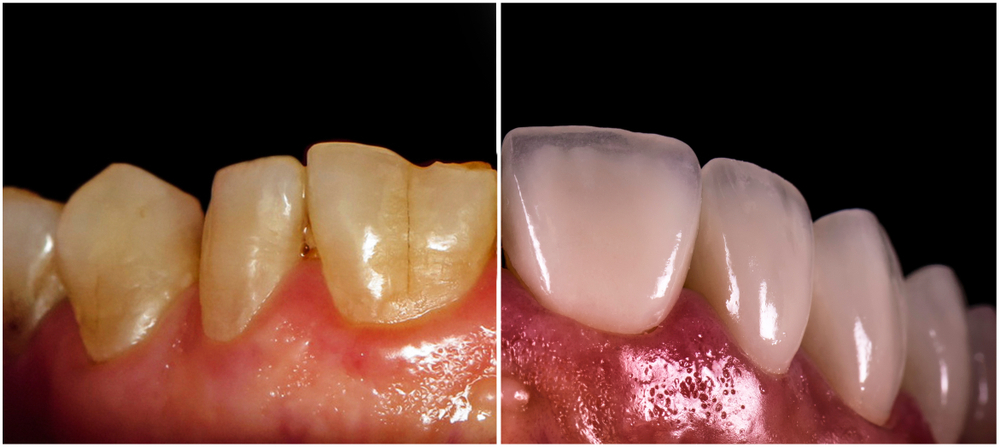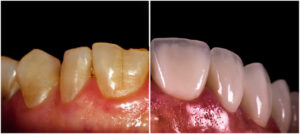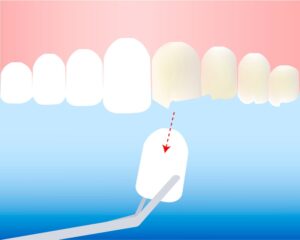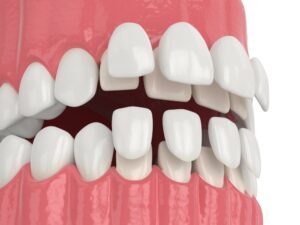The cost of veneers in Hawaii can vary depending on several factors, including the material used, the number of veneers needed, and the experience of the dentist. On average, the cost of veneers in Hawaii can range from $800 to $3,000 per tooth.
It’s important to note that the cost of veneers may not include additional expenses such as X-rays, consultations, and follow-up appointments. Some dental insurance plans may cover part of the cost of veneers, while others may not cover them at all. It’s best to check with your dental insurance provider to determine your coverage.
Additionally, some dental practices in Hawaii may offer financing options to help make the cost of veneers more manageable. It’s always a good idea to discuss your options with your dentist and inquire about any available financing or payment plans.
Ready for a stunning smile transformation? Discover unbeatable veneer specials in Miami and take the first step towards your dream smile. Don’t wait, schedule now and seize this limited-time opportunity!
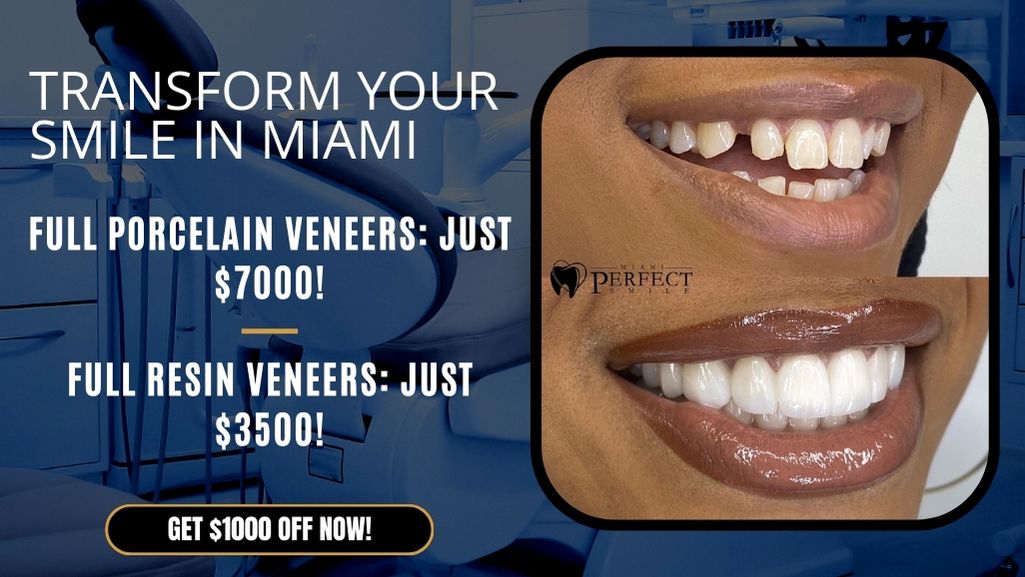
Factors that Affect Veneer Cost in Hawaii
Several factors can affect the cost of veneers in Hawaii, including:
- Material: The type of material used for the veneers can significantly impact the cost. Porcelain veneers tend to be more expensive than composite resin veneers, but they also tend to last longer and have a more natural appearance.
- Number of veneers: The number of veneers needed can also affect the cost. Some people only need one or two veneers, while others may require veneers on multiple teeth. The more veneers required, the higher the overall cost.
- Complexity of the procedure: The complexity of the procedure can also impact the cost. If additional dental work, such as a root canal or gum contouring, is needed before the veneers can be placed, this can add to the overall cost.
- Dentist experience and location: The experience and location of the dentist can also impact the cost. More experienced dentists or those practicing in high-end areas may charge more for their services.
- Additional expenses: In addition to the cost of the veneers themselves, there may be additional expenses such as X-rays, consultations, and follow-up appointments. These expenses can add to the overall cost of the procedure.
- Insurance coverage: Dental insurance may cover part of the cost of veneers, but it depends on the specific plan. Some plans may cover a portion of the cost, while others may not cover veneers at all.
Overall, the cost of veneers can vary depending on several factors, and it’s important to discuss all aspects of the procedure and associated costs with your dentist before proceeding.
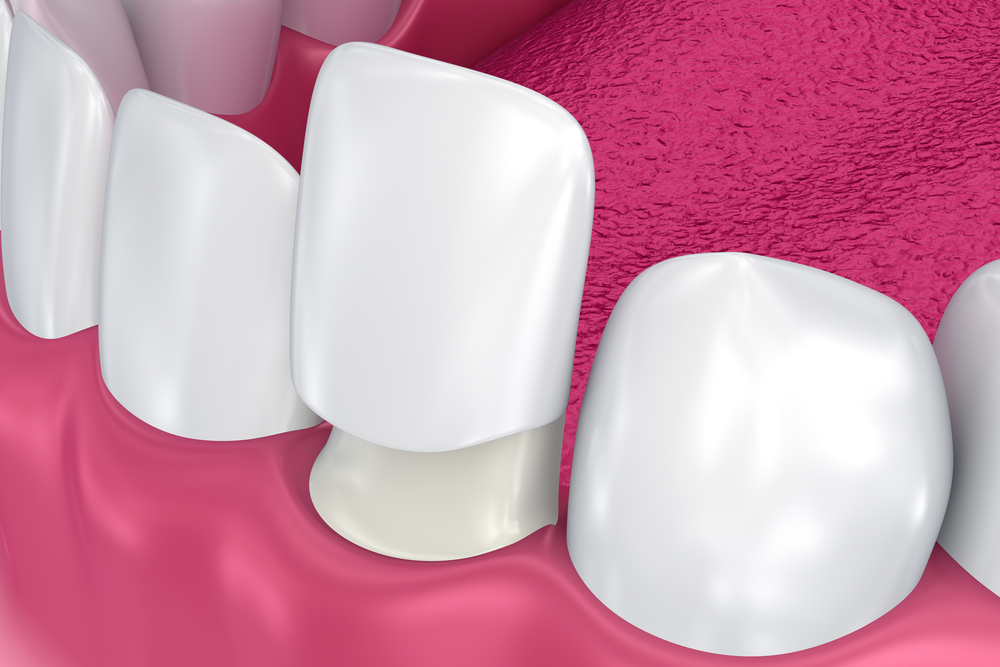
Payment Options for Veneers in Hawaii
There are several payment options available for veneers in Hawaii, including:
- Dental insurance: Some dental insurance plans may cover part of the cost of veneers, but it depends on the specific plan. It’s best to check with your dental insurance provider to determine your coverage.
- Financing: Many dental practices in Hawaii offer financing options to help make the cost of veneers more manageable. This may include payment plans, third-party financing options, or in-house financing plans. These financing options typically involve monthly payments with interest or fees added to the cost of the procedure.
- Credit cards: Some people choose to pay for veneers with a credit card. This option can be convenient, but it’s important to keep in mind that credit cards may have high interest rates and fees.
- Health savings account (HSA) or flexible spending account (FSA): If you have an HSA or FSA through your employer, you may be able to use these funds to pay for the cost of veneers. These accounts allow you to set aside pre-tax dollars for qualified medical expenses.
- Personal savings: If you have the means to do so, paying for veneers with personal savings is an option. This can help you avoid interest or fees associated with financing or credit cards.
It’s important to discuss payment options with your dentist and consider your financial situation before proceeding with veneers. Be sure to ask about any available financing or payment plans and carefully review the terms and conditions before making a decision.
How Many Veneers Do You Need?
The number of veneers needed varies depending on the individual’s specific needs and goals. In general, most people choose to have veneers placed on the teeth that are most visible when they smile. This typically includes the front six to eight teeth, although some people may choose to have veneers placed on all visible teeth.
However, the number of veneers needed may also depend on factors such as the size and shape of the teeth, the presence of any gaps or spacing issues, and the individual’s overall dental health.
Before proceeding with veneers, your dentist will perform a thorough examination and consultation to determine the best course of action for your specific needs. They may take X-rays, photographs, and impressions of your teeth to create a customized treatment plan.
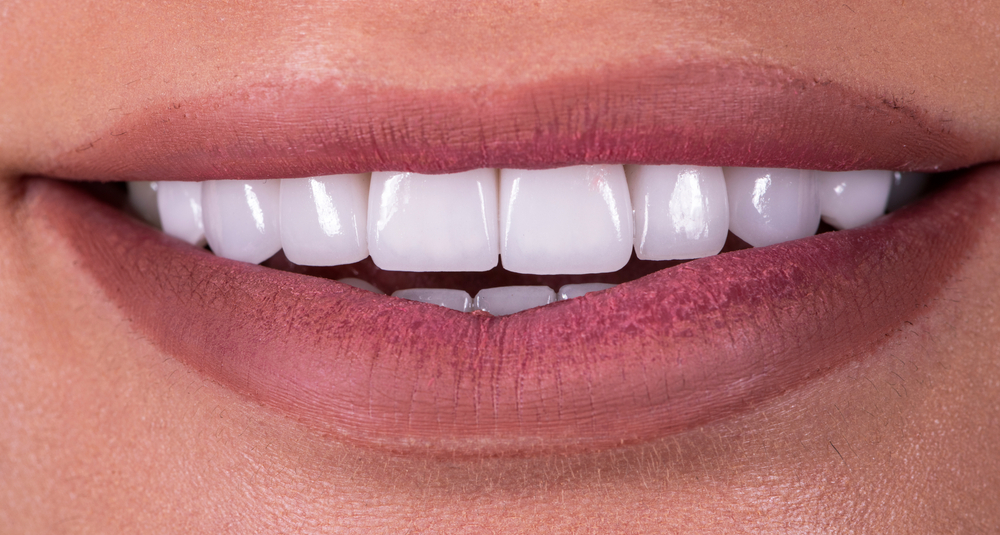
Keep in mind that veneers are a cosmetic dental procedure, and their primary goal is to improve the appearance of your smile. They are not a solution for underlying dental problems such as tooth decay or gum disease. If you have any underlying dental issues, your dentist will need to address those before proceeding with veneers.
Veneer Procedure: What to Expect in Hawaii
The veneer procedure is a multi-step process that typically involves the following steps:
- Consultation: The first step is a consultation with your dentist to discuss your goals, expectations, and options for veneers. Your dentist will also perform an examination and take X-rays, photographs, and impressions of your teeth to create a customized treatment plan.
- Preparation: Before placing the veneers, your dentist will need to prepare your teeth by removing a small amount of enamel from the front surface. This helps to ensure a proper fit and allows the veneers to bond securely to your teeth.
- Impressions: Once your teeth are prepared, your dentist will take impressions of your teeth to create a mold. This mold will be used to create your custom veneers.
- Temporary veneers: While your permanent veneers are being created, your dentist may place temporary veneers on your teeth to protect them and provide an idea of what the final result will look like.
- Bonding: Once your custom veneers are ready, your dentist will bond them to your teeth using a special dental adhesive. They will check the fit and appearance of the veneers before permanently bonding them in place.
- Final touches: After the veneers are in place, your dentist will make any final adjustments to ensure a proper fit and appearance. They may also polish the veneers to give them a natural, glossy finish.
The veneer procedure typically requires two to three visits to the dentist and can take several weeks to complete. It’s important to follow your dentist’s instructions for care and maintenance of your veneers to ensure their longevity and appearance.
The Veneer Placement Process in Hawaii
The veneer placement process in Hawaii typically involves the following steps:
| Steps in Veneer Placement Process in Hawaii |
|---|
| 1. Preparation: Enamel removal to ensure proper fit |
| 2. Impressions: Mold created for custom veneers |
| 3. Temporary veneers: Protect teeth & preview final look |
| 4. Bonding: Custom veneers secured with dental adhesive |
| 5. Final touches: Adjustments made for fit & appearance |
| Timeframe: 2-3 appointments over several weeks |
| Care: Follow dentist’s instructions for maintenance |
Maintaining Your Veneers in Hawaii
Maintaining your veneers in Hawaii requires good oral hygiene habits and regular dental check-ups. Here are some tips for keeping your veneers looking their best:
- Brush and floss regularly: Brush your teeth twice a day and floss daily to remove plaque and prevent tooth decay. Use a soft-bristled toothbrush and a fluoride toothpaste.
- Avoid hard or sticky foods: Hard or sticky foods can damage or dislodge your veneers. Try to avoid chewing on hard candies, ice, or other hard objects, and cut sticky foods into smaller pieces.
- Use a mouthguard: If you grind your teeth at night or play contact sports, consider using a mouthguard to protect your veneers from damage.
- Avoid staining foods and drinks: Certain foods and drinks, such as coffee, tea, and red wine, can stain your veneers over time. Limit your consumption of these items or rinse your mouth with water after consuming them.
- Don’t use your teeth as tools: Avoid using your teeth to open packages, rip tags off clothing, or perform other non-eating tasks. This can damage or dislodge your veneers.
- Attend regular dental check-ups: Visit your dentist regularly for check-ups and cleanings. Your dentist can monitor the condition of your veneers and make any necessary adjustments or repairs.
Remember to follow your dentist’s instructions for care and maintenance of your veneers. With proper care, your veneers can last for many years and maintain their appearance.
When to Replace Veneers in Hawaii
Veneers typically last between 10 and 15 years, but their lifespan can vary depending on a variety of factors, including the quality of the veneers, the material used, and how well they are cared for. Here are some signs that it may be time to replace your veneers in Hawaii:
- Damage: Veneers can become chipped, cracked, or otherwise damaged over time. If the damage is significant, the veneers may need to be replaced.
- Staining: While veneers are resistant to staining, they can still become discolored over time. If the veneers have become noticeably stained or discolored, it may be time to consider replacement.
- Wear and tear: Over time, the adhesive used to bond the veneers to the teeth can weaken, causing the veneers to become loose or fall off. If the veneers have become loose or are showing signs of wear and tear, they may need to be replaced.
- Changes in bite or alignment: Veneers can sometimes cause changes in the bite or alignment of the teeth. If you experience discomfort, pain, or changes in your bite, it may be time to have your veneers evaluated and possibly replaced.
- Gum recession: If your gums have receded, the edges of your veneers may become visible and appear discolored. This can also lead to sensitivity and discomfort. In some cases, replacing the veneers can help address these issues.
If you are experiencing any of these issues with your veneers, it’s important to consult with your dentist. They can evaluate the condition of your veneers and recommend the best course of action for your individual needs.
Reference:
- “Cosmetic Dentistry.” (n.d.). Columbia University College of Dental Medicine. Retrieved from https://www.dental.columbia.edu/patient-care/columbiadoctors-dentistry/our-services/cosmetic-dentistry
